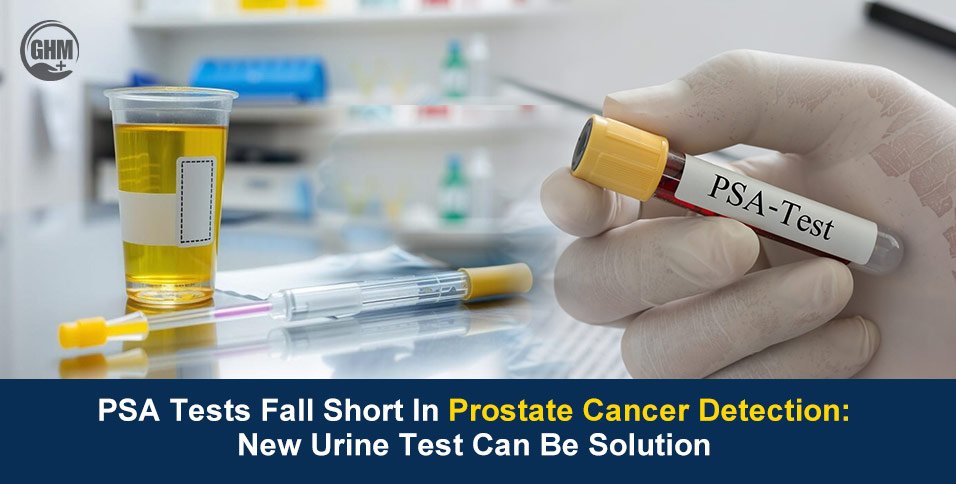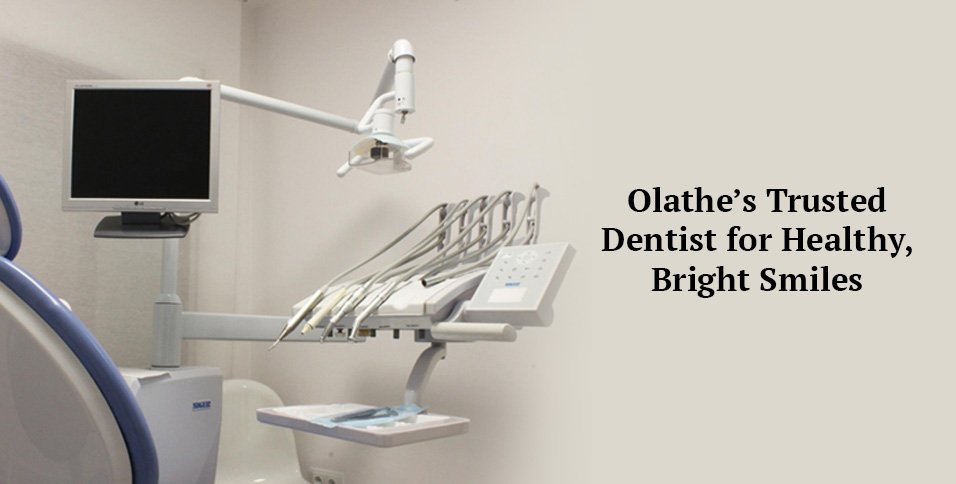Researchers from Johns Hopkins University are developing a urine test that may overcome many of PSA’s drawbacks that limit prostate cancer detection. It brings greater precision, fewer invasive procedures, and clearer answers. It has shown a 91% accuracy rate in detecting the disease.
Men who worry about prostate health are familiar with the PSA test. For decades, the PSA test has been the cornerstone of prostate cancer screening. While it has saved countless lives, it’s also caused widespread anxiety, unnecessary biopsies, and overtreatment.
PSA’s Role in Screening
The Prostate-Specific Antigen (PSA) blood test measures a protein produced by prostate cells. Because many prostate cancers release more PSA, the test has long been used as a first line in prostate cancer detection.
In men with symptoms, PSA is sensitive in picking up the disease. A meta-analysis showed that among symptomatic patients, PSA’s sensitivity is about 0.93, which means it catches many cancers. But its specificity is around 0.20, which is very low, giving many false alarms.
Why PSA Tests Fall Short
1. Lack of specificity
Elevated PSA doesn’t necessarily mean cancer. Conditions such as benign prostatic hyperplasia (BPH), prostatitis (inflammation), urinary infection, or even recent ejaculation can raise PSA levels.
2. False negatives
A normal PSA does not rule out prostate cancer. Some men with cancer have PSA levels within normal ranges, which delays diagnosis.
3. Cannot grade aggressiveness
PSA can hint that something is wrong, but it gives no reliable indication whether a detected cancer is aggressive or indolent. That leads to overtreatment.
4. Overdiagnosis and overtreatment
Because PSA catches slow-growing cancers that might never harm the patient, many men undergo cancer treatments such as surgery, radiation. It can cause significant side effects like urinary incontinence, erectile dysfunction, etc., for cancers that would never progress.
5. Unnecessary biopsies
Elevated PSA often triggers a biopsy, which is invasive, painful and has risks of infection and bleeding. Many biopsies end up negative or find low-risk disease.
6. Unclear net benefit at the population level
Some guideline bodies advise individualised decision-making.
e.g. in men aged 55–69, acknowledging the pros and cons of PSA screening.
In conclusion, PSA is blunt and not precise. For a test that plays a pivotal role in prostate cancer detection, the limitations are painful for clinicians and patients alike.
The New Urine Test: A Better Alternative?
Unlike the PSA test, this new diagnostic method looks at genetic material shed by prostate cells directly into urine.
- Focus on RNA signatures: Cancerous cells shed unique RNA patterns, which the test can detect and analyse.
- Simple sample collection: Men simply provide a urine sample, making it far less invasive than a biopsy.
- Highly accurate results: In initial studies, the test correctly identified prostate cancer 91% of the time, outperforming the PSA test.
- Better detection in PSA-negative cases: catches cancers missed by PSA.
Prostate Cancer: Global Statistics
Understanding the scale of the problem highlights why this innovation matters:
- 1 in 8 men will be diagnosed with prostate cancer during their lifetime.
- It is the second most common cancer in men worldwide.
- In the U.S. alone, more than 288,000 new cases were expected in 2024, according to the American Cancer Society.
- Early detection dramatically improves survival rates. When caught early, the five-year survival rate is nearly 100%.
Future Challenges and Possibilities
- Validation and Scaling
The current findings are promising, but large, multicentre trials are needed before adoption. The test must be validated across populations, ethnic groups, disease stages, and health systems.
- Regulatory and Implementation Hurdles
To replace or supplement PSA, the urine test must be credible in guidelines, gain regulatory approval, and be cost-effective.
- Clinical Context
It might be used in conjunction with PSA, but not a complete replacement at first. For example, it could help decide whether a biopsy is needed for a borderline PSA result or be a secondary filter.
- Patient Acceptance and Education
Patients and doctors both must trust and understand its limits. Awareness must grow.
Conclusion
For years, prostate cancer detection was stuck on the PSA test, despite many known flaws. The new urine biomarker panel offers hope with a non-invasive, more accurate way to find cancer while avoiding unnecessary tests and treatments. If validated in large studies, it could change how doctors screen, diagnose, and manage prostate cancer.
Until then, PSA will remain in use, but this innovation may form a new era in precision detection for prostate health.



















